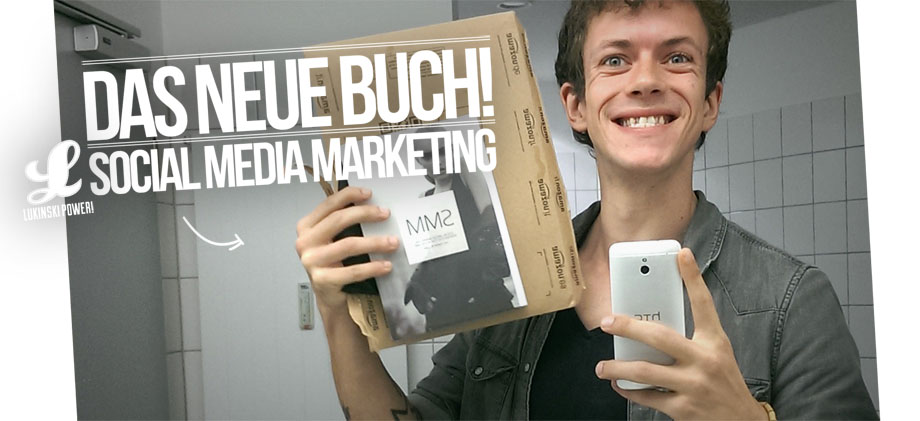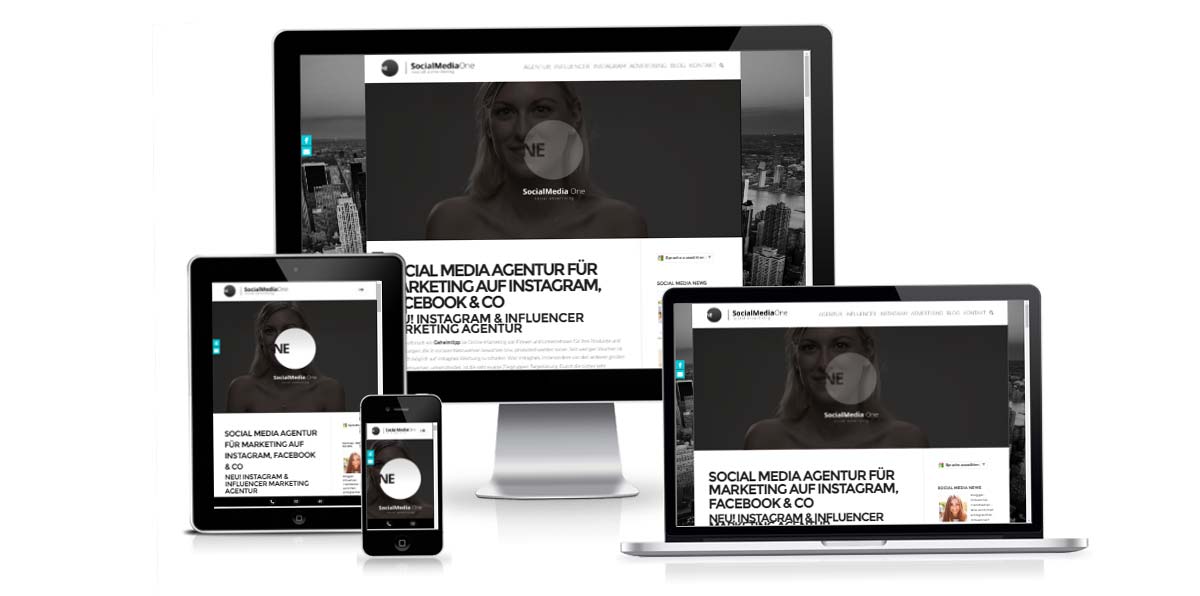L’Interview: Michael Brenner (Social Media)
Social media marketing is becoming increasingly important in companies. Pioneers such as Asos, Zara and Otto have been showing for years how fashion companies can use social networks to generate reach and brand status. This combines various aspects, from high-quality to exclusive content. Text, image or videomedia complete the portfolio on the social web.
Our guest is Michael Brenner, social media specialist and founder of AdBaker – Social Media Advertising. He looks after easyBestBrands, Prometheus Cotoure and others. CM Models. To get a deep insight I wanted to sit down with a social media professional and define the most important facts about fashion & social networks in ten questions.



Stephan M. Czaja (Lukinski): Good morning! Let’s start with a little delineation of which social networks are interesting for companies in 2014.
Michael Brenner (AdBaker): We are mainly on Facebook. We very rarely go to other social networks.If, then Google+. But here more for search engine optimization reasons. In special cases we use Twitter and Pintrest. For us, Facebook with over a billion registered members worldwide is absolutely in the foreground. In addition, there is all the information of the users. A bundle of personal interests that people reveal through the network. That’s why social media marketing on Facebook is our main focus and we only offer services in this area.
Stephan M. Czaja (Lukinski): If we differentiate social networks into text-, image- and video-based networks, where do you think advertising can be placed most effectively? Or put another way, which media transport information and marketing messages best to the user?
Michael Brenner (AdBaker): It depends very much on the advertiser, which target group do you have, which topic. In the fashion industry, Youtube is not to be underestimated. But at the same time also – and of course – Facebook. But Pinterest is also interesting in the fashion sector, because the images are really nicely presented there. All other networks are rather uninteresting for fashion retailers. So I would tend to Facebook and Youtube.
“Talking-about-rate is a much more important factor to me than fan count!”
Stephan M. Czaja (Lukinski): While we’re on the subject of different forms of content, what indicators are actually meaningful for measurable success in social media? How do you measure the success of a social media campaign at AdBaker?
Michael Brenner (AdBaker): At the beginning, I always work with my clients in such a way that I first let them define various goals themselves. These are goals that actually end on the company’s website. In other words, the actual action only takes place on the website. The respective social networks then serve “only” as traffic catchers. That is, we forward the traffic from the social networks, for example, to the e-commerce (online shop) where the real conversion takes place.
For my clients, the number of fans is often a key success factor…. But this is to be enjoyed with caution, because the range has been driven down very much. This means that with a normal post on your page, you only really reach 20% of the fans.
To counteract this, you can offer interactive content. In the hope that people interact more with, so your posts liken, share the photos, etc.. Thus, the so-called talking-about-rate goes up and so the range is then higher again. The goals can and should not only be defined by the number of fans. The talking-about-rate is for me a much more important factor than the number of fans.
Stephan M. Czaja (Lukinski): Briefly for all readers, how does the talking-about rate come about?
Michael Brenner (AdBaker): The talking-about-rate arises from the interaction with the post. This is a factor that says how popular the page is among my users. Therefore the talkin-about-rate is a very meaningful factor. But you can also look at the average reach a page has. As a fan page administrator on Facebook, you have the option to see an indicator under the post that shows how many people have been reached. This makes the average reach a second important factor for social media marketing in companies.

Stephan M. Czaja (Lukinski): Speaking of linking social networks and e-commerce, how can you meaningfully link campaigns and actions in social networks?
Michael Brenner (AdBaker): You can. Even if Facebook is often viewed negatively from a legal point of view and the willingness of users to buy on Facebook is very low. Facebook will never have such a high willingness to buy as Google Adwords, because people already make their search queries there with the intention to buy. Nevertheless, Facebook offers a good opportunity to point out products that have not been on the market for that long. Users are made aware of things and are targeted based on their interests. This is a great way to reach potential buyers. This is often not a direct purchase, but it is enough if the user has become aware of your new – for example – fashion platform and thus follows you (gives a “Like”). A few posts later, the user clicks on the website, where he may then make a purchase. The process from attention to the actual purchase is lengthy and somewhat difficult to measure, but can still be used very well to attract new customers and retain existing customers.
Stephan M. Czaja (Lukinski): What experience have you had with virality in social networks? Have you ever had actions that were particularly surprising?
Michael Brenner (AdBaker): Yes, absolutely. But of course I always try to predict as far as possible how high the virility will be. On the one hand, you can take existing key figures, e.g. “What has worked well recently?”, “Which images and videos were shared?”, “What was commented on?”. But you can also influence this with various tools. For example, there are online marketing tools that, based on keywords, images and similar media on other Facebook fan pages, evaluate and reflect how many likes and shares these posts have achieved. You can then use these images or textual content as a guide and publish similar content yourself. This is all made possible through Facebook ‘s API. Through this method, you can reach many, whether through old or new fans.
Stephan M. Czaja (Lukinski): Virality means “word-of-mouth propaganda”. Which effects motivate users to participate in campaigns or contributions at all?
Michael Brenner (AdBaker): I think the post should contain different factors and should in no way look like clumsy advertising. A photo with “buy now” will trigger very little action, it is much more personal, funny and sad content that contributes to virality. Preferably, people share, like and comment on stories or posts that they can (emotionally) connect with.
Stephan M. Czaja (Lukinski): Have social networks changed advertising communication?
Michael Brenner (AdBaker): I think something has definitely changed here. Very often I read posts and do not perceive the post as advertising. Then the respective advertiser has definitely done a good job! When I see a picture, I click on the link that leads me to a blog, there I see what actions I should actually perform. These are often subject to a fee.
The nature of advertising has definitely changed more to subconscious advertising, but that’s not necessarily a negative thing.
Stephan M. Czaja (Lukinski): To what extent do you incorporate user feedback from social networks into your business processes?
Michael Brenner (AdBaker): That’s a good question, but again, you can’t give such a blanket answer. I just heard from a friend yesterday that he is very careful with comments on social networks. Because he says that if he lets his business processes be influenced too much by strangers or fans on social networks, he runs the risk of also being subconsciously influenced by the competition – because who knows who will ultimately write the one or two critical posts. In social networks, it is impossible to determine from whom the comments or criticisms come. In my opinion, one should not ignore the signals, but notice and analyze them. Over time, you should then determine whether you should change certain processes and adapt them to the users.
Stephan M. Czaja (Lukinski): Thank you for your open words about social media marketing! Are you looking for a social media expert for your online project? On the AdBaker website you will find all relevant information – AdBaker










